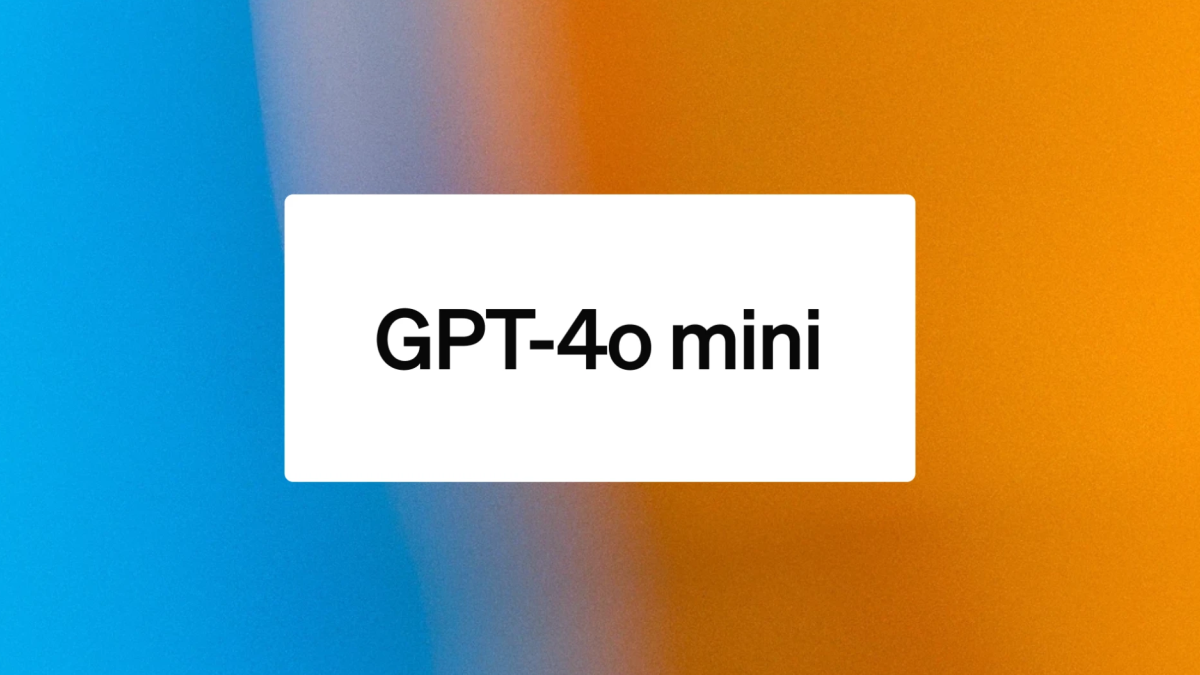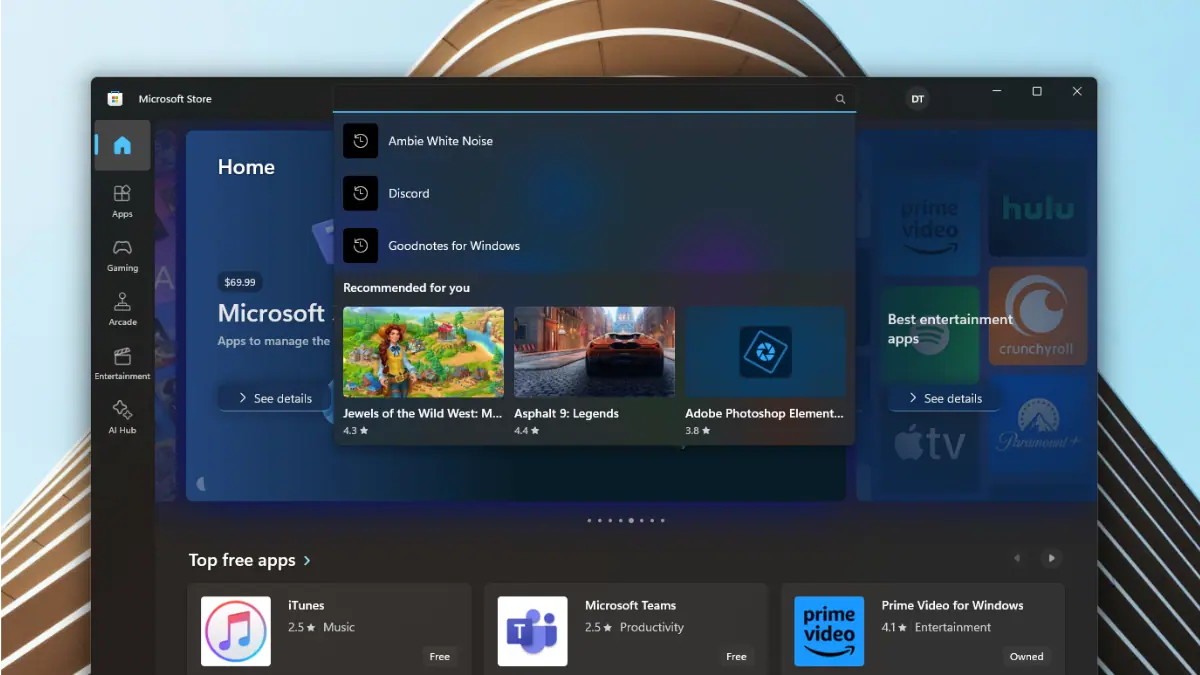The future arrives as SpaceX's Starlink Constellation passed first public connectivity test
2 min. read
Updated on
Read our disclosure page to find out how can you help MSPoweruser sustain the editorial team Read more

Three months have passed since SpaceX launched its initial batch of 60 satellites, and today was the day that they were really put to the test.
At 9:03 am, Elon Musk did what Elon Musk does best and took to Twitter. With sky-high hopes, the CEO attempted his first Tweet using the internet connection provided by SpaceX’s Starlink constellation.
Sending this tweet through space via Starlink satellite ?
— Elon Musk (@elonmusk) October 22, 2019
And (to his surprise) it was a success! While Musk usually portrays an air of confidence in his Tweets; he humbled himself by adopting a more vulnerable tone to express his genuine feeling of accomplishment.
Whoa, it worked!!
— Elon Musk (@elonmusk) October 22, 2019
Ulterior motives to conquer the universe aside; Musk engineered the vast network of broadband satellites to give the gift of reliable broadband connectivity to the entire world.
As demand escalates for fast, reliable internet around the world, especially for those where connectivity is non-existent, too expensive or unreliable, SpaceX is taking steps to responsibly scale Starlink’s total network capacity and data density to meet the growth in users’ anticipated needs. -SpaceX spokesperson.
While “Project Kuiper” initially planned for 3,236 satellites, Elon Musk wants to reach for the stars, and make that number closer to 42,000.
The Starlink constellation lives up to his name for many reasons, not all of them being ideal.
The existing 60 satellites aren’t exactly inconspicuous- in fact, they can be seen by the naked eye. This is because satellites are constructed from reflective materials, or contain solar panels which reflect light from the sun.
Cumulatively, the Starlink network could create problematic levels of light pollution; but this will supposedly be mitigated when they’re brought up to orbit at a higher altitude.
The astronomy community are also worried about the satellites intervening with their study of space. Musk was quick to dismiss their concerns, claiming that the satellites won’t be visible when stars are out and that the International Space Station is visible at night because it’s “extremely gigantic & has lights”.
His claims don’t appear to hold much merit in the astronomic community, though. Regardless, Musk truly does believe that his project is “for the greater good”, and we could soon live in a world where internet access is a basic human right.
Source: techcrunch








